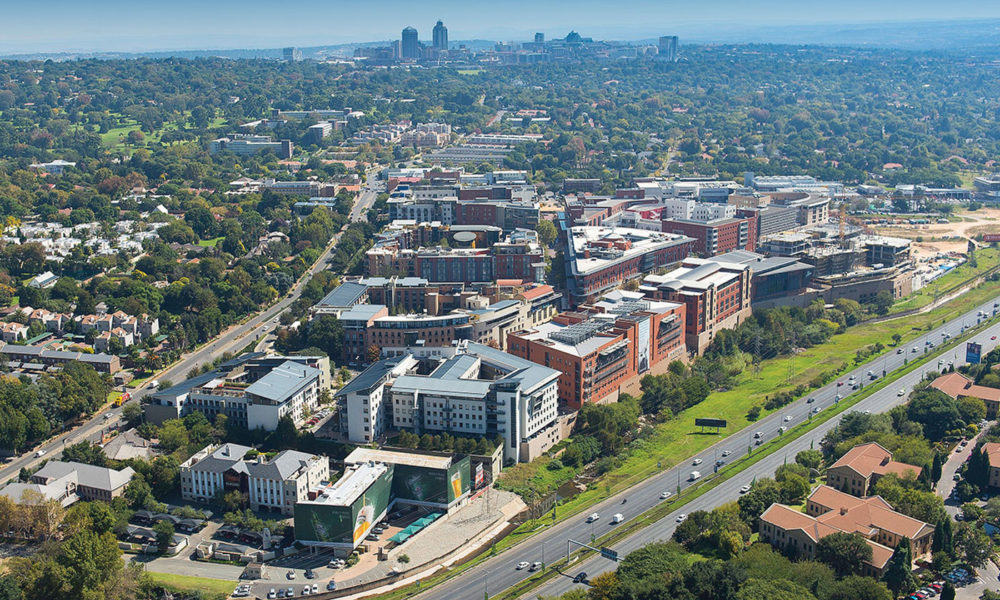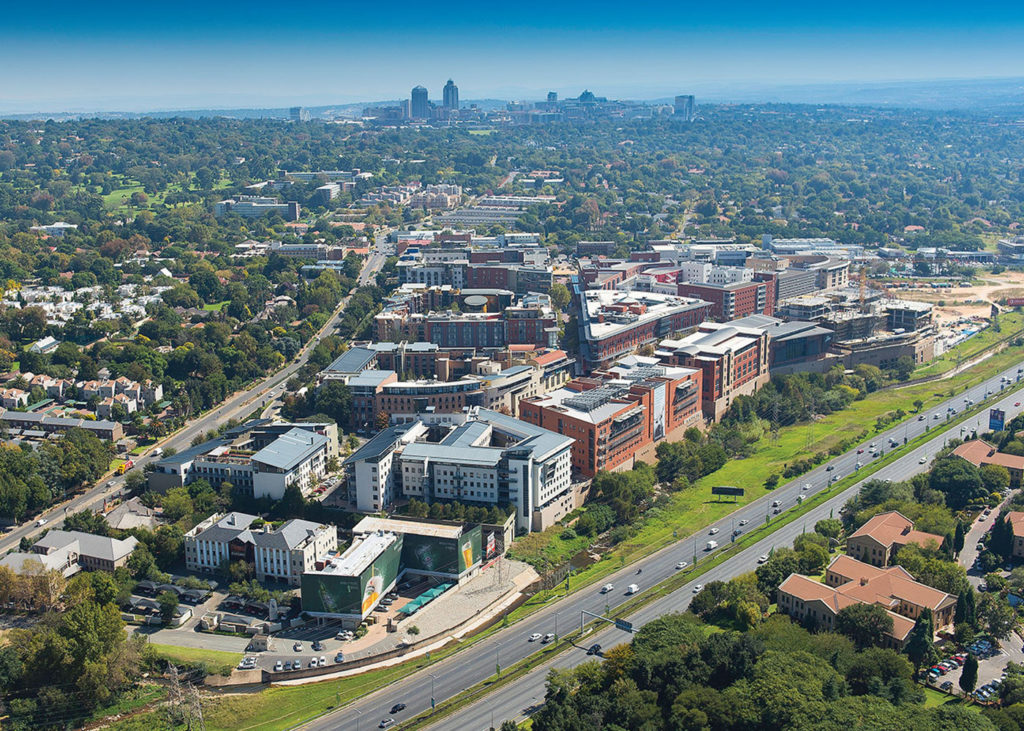Millenials favour smart homes for a more sustainable future as technology penetrates the investment property market.
Developments are targeting millennial buyers by combining the power of digital technology with the convenience of mixed-use precincts.
Beyond the new urbanism trend – where all daily requirements are within easy reach in walkable precincts – new developments are targeting millennial investors with digital features that are quickly seeing them evolve into “smart cities”.
Precinct-wide wi-fi, fibre-to-the-home and 24-hour security are becoming features in new developments and precincts, but future developments will offer more, including electric car charging stations.
Melrose Arch: Heart of the city
Millenials in particular are expected to create a better future by using the collaborative power of digital technology, says social commentator Mal Fletcher.
Technology is already an integral accompaniment to new urbanism as it holds the desirable characteristics of walkable precincts, where residential and office space are combined with gyms, hotels and upmarket cocktail bars and restaurants, says Nicholas Stopforth, managing director of Amdec Property Development.
The company is behind South Africa’s mixed-use precinct design in Melrose Arch in Joburg, and Harbour Arch, due to open on Cape Town’s foreshore in August next year.
Increasingly, people want to live, work and play in the same place – a space where they can easily and safely walk to an office, home, restaurant or other amenity.
“This concept is a mixed-use precinct. When combined with the latest in technology, it becomes a smart city,” says Stopforth
While a smart city has all the latest technological security and lifestyle benefits, these are designed into the development so they remain largely unseen.
Residents and investors at Melrose Arch’s latest residential development will benefit from all the precinct’s sophisticated technology systems, including fibre internet, back-up generators, licence plate recognition, electric car charging stations and recycling facilities. “Instead, imagine buildings that offer green design, green spaces, and pedestrianised roads, yet hark back to a feel of traditional, communal village life where all your daily needs are within walking distance.”
Stopforth says new developments must offer a range of features to suit the ever-changing trends and demands of modern living.
Developers need to expand the range of features that come with this community-driven lifestyle to include wireless internet across the precinct, the latest in access control, panic buttons and medical and security assistance on instant standby.
More than just focusing on technology, smart cities are focused on sustainability. In South Africa, these mixed-use, new urbanist precincts are driving the sustainability trend, Stopforth says.
Sustainability is key focus
Throughout the world developers are under pressure to drastically minimise water use and incorporate eco-friendly technologies that will benefit the planet in the long term.
“Residents and investors want to know what is being done to reduce impact on the environment.”
Sustainability is a key focus area in Amdec’s developments, with green building initiatives including refuse recycling, water-saving devices, low-energy LED lighting and rain water harvesting.
Stopforth says: “There is huge benefit in executing water-saving measures at the construction stage, rather than retro-fitting. Not only is it better to have systems in place at the start, but it saves money in the long run.
“Ultimately, we need to reduce our impact. A smart development needs to be smart about sustaining our future.”


